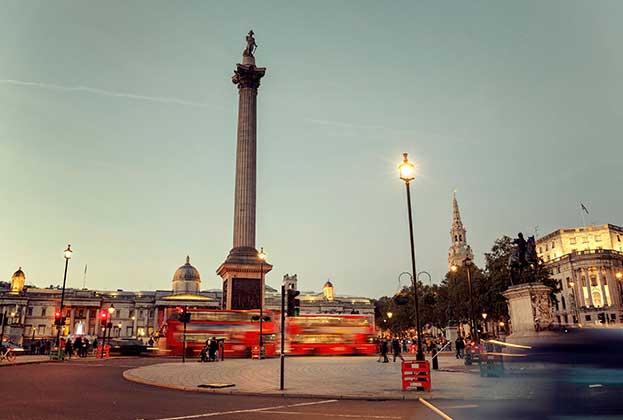Steve Jobs was a great believer that creativity comes from spontaneous meetings: 'You run into someone, you ask what they’re doing, you say ‘wow,’ and soon you’re cooking up all sorts of ideas. If a building doesn’t encourage [collaboration], you’ll lose a lot of innovation and the magic that’s sparked by serendipity.'
Nothing is as effective as face-to-face communication in building relationships. According to a McKinsey study, knowledge workers spend an average of 14 per cent of their time communicating and collaborating internally, with non-verbal cues having a big impact on creating a positive impression.
The office environment can provide space for accidental collisions supporting an overall happier working environment, generating new ideas, expanding what it means to think creatively, and fostering stronger friendships between colleagues.
Although we tend to put these meetings of minds down to serendipity, many forward-thinking companies are working towards creating more opportunities for social collisions by rethinking their office design.
The 'water cooler moment' has been replaced by new meeting places and features such as in-house cafés, internal planting schemes and informal seating. WeWork design space precisely to encourage accidental collisions, Google’s Silicon Valley campus is designed to maximise chance encounters, while Facebook plans to put several thousand of its staff in a single, mile-long room.
But what happens when remote working interferes with these moments, as it has during the current lockdown? There’s a temptation to think that collaboration and creativity can be developed over email and other platforms like Zoom and Microsoft Teams.
But as developer Lendlease recently said: 'Virtual meetings can be really different to face-to face meetings. In person, there’s the inevitable chitchat as you walk to the meeting room, make a cup of tea, faff about with the whiteboard, all of this time you’re usually talking about things that have little to do with the agenda.'
The latest tech advances might help your organisation with certain tasks, but does it help your staff foster stronger relationships? Does it create an environment where creativity and collaboration flourish naturally? Covid-19 has created the biggest home working experiment of our time. However, initial research suggests that even digital savvy younger workers still crave personal, face-to-face interaction.
With so many studies showing how engaged and productive the average remote worker is, it would be remiss of organisations to not allow employees to continue to work flexibly. However, when we’re forced to be apart from each other it’s clear that we need a balance between the virtual and physical worlds. Now denied to us, the idea of the office and the role it plays in our lives is now more important than ever.
It’s also obvious that it is more difficult to create these spaces online, with visual meetings and WhatsApp groups not fulfilling our requirement to see each other in person.
As we enter a new phase of working, it’s clear we need adaptable, creative physical environments that can engineer accidental collisions; spaces where we can enjoy being with our colleagues, that are appealing to a dynamic and forward thinking workforce, but also acknowledge how our needs have dramatically changed in recent weeks.
Adaptable spaces that can fulfil each worker’s requirements: with sensitive design and working practises perhaps we can finally have it all?
Further information
Real Estates Insights Podcast: What will the workplace look like after Covid-19?
.jpg)

(1).jpg)

.jpg)



.jpg)

